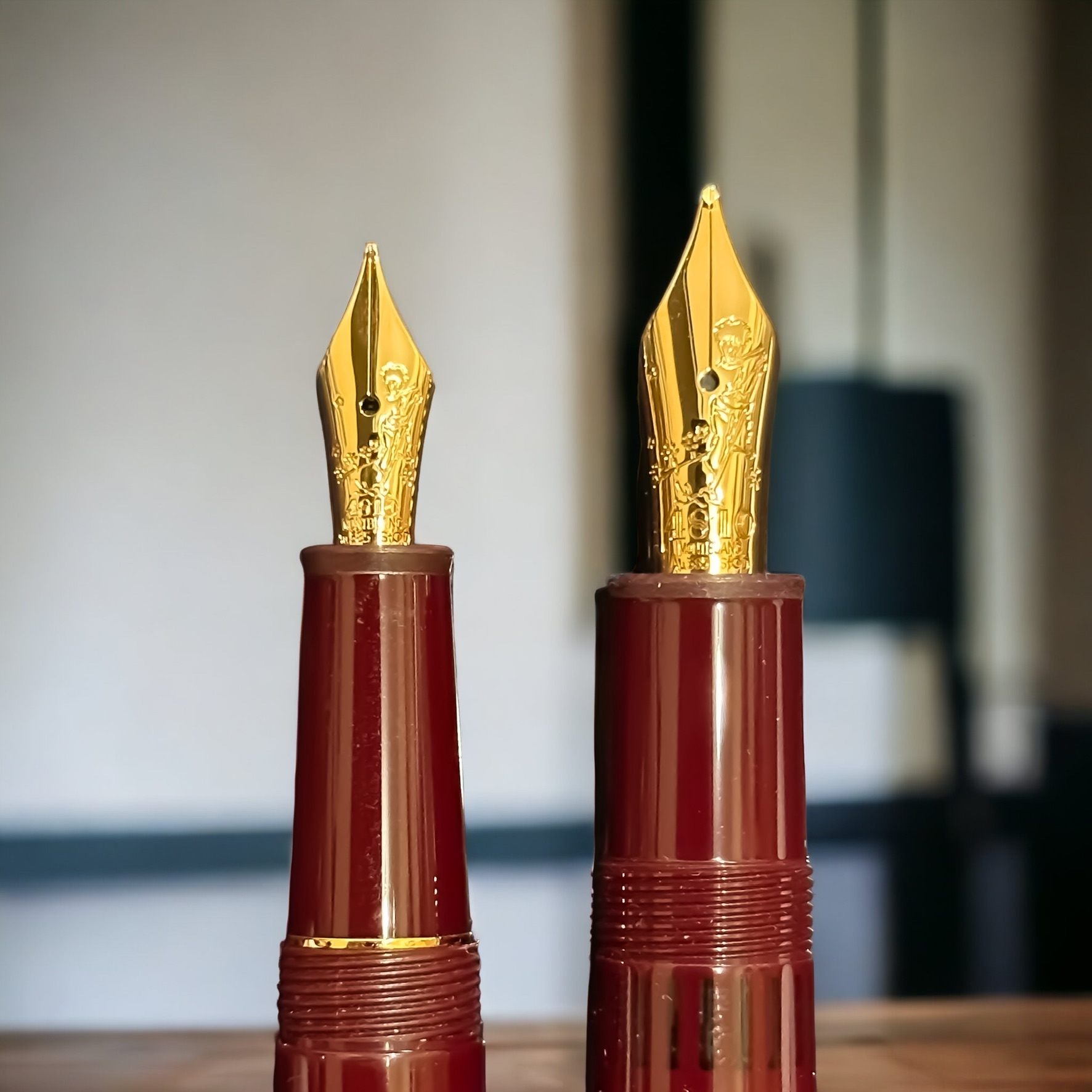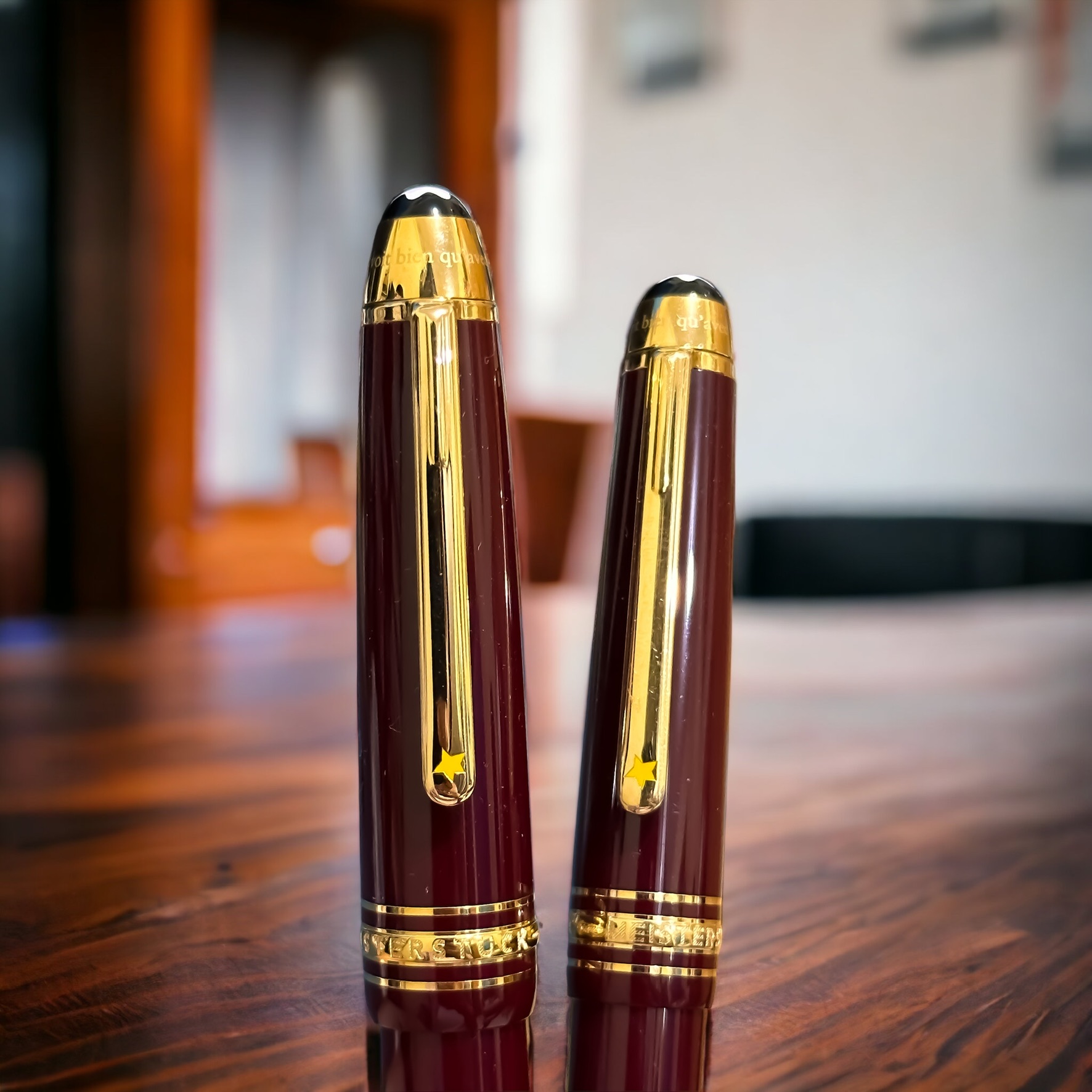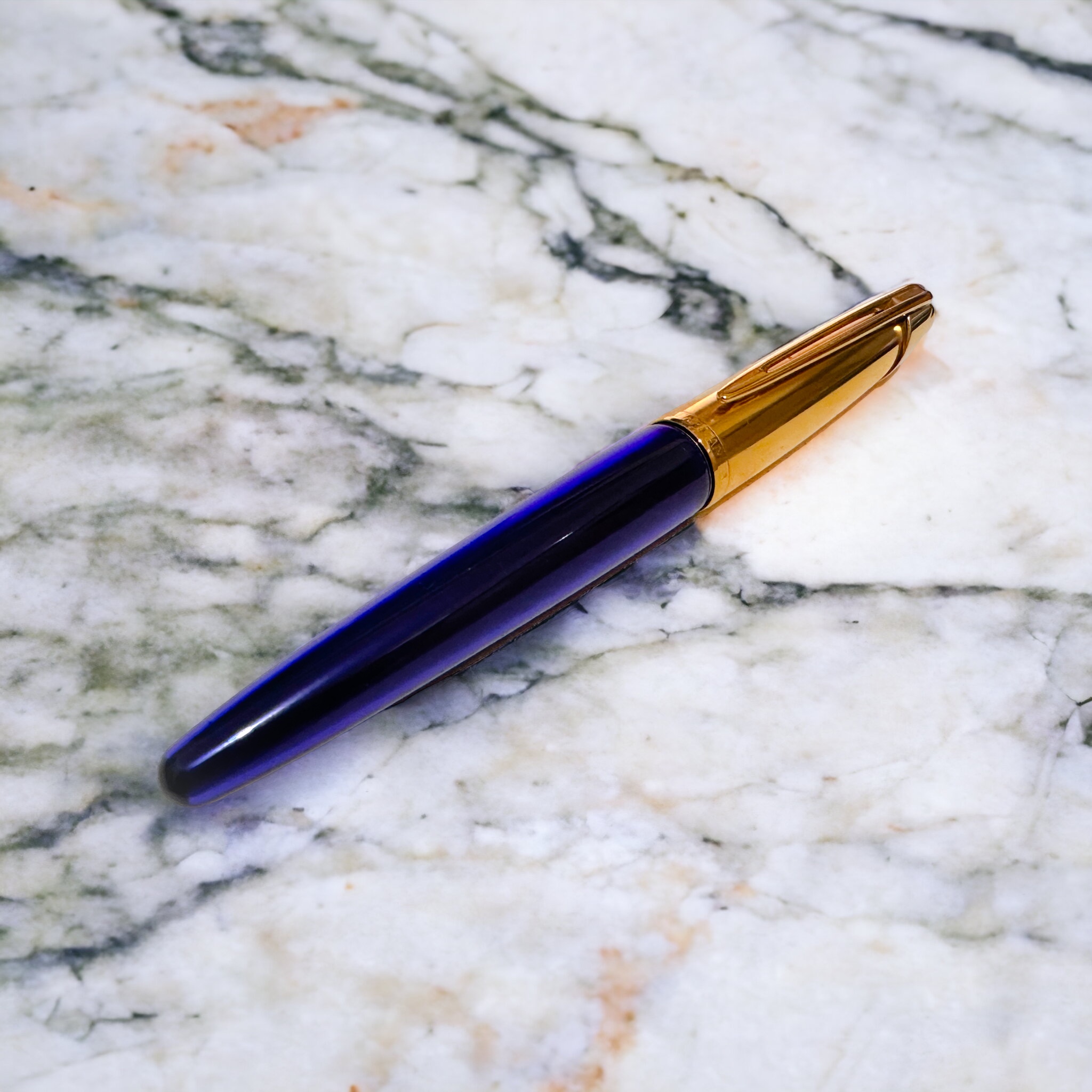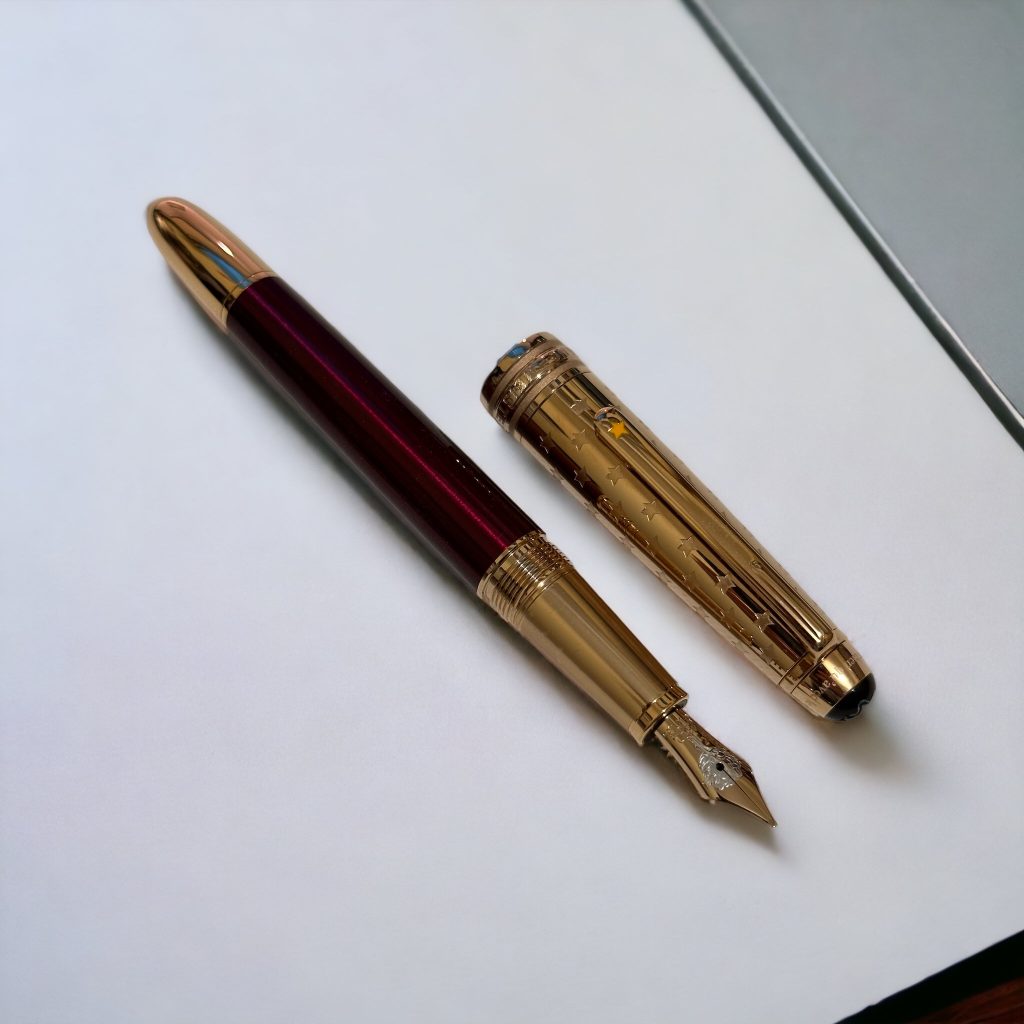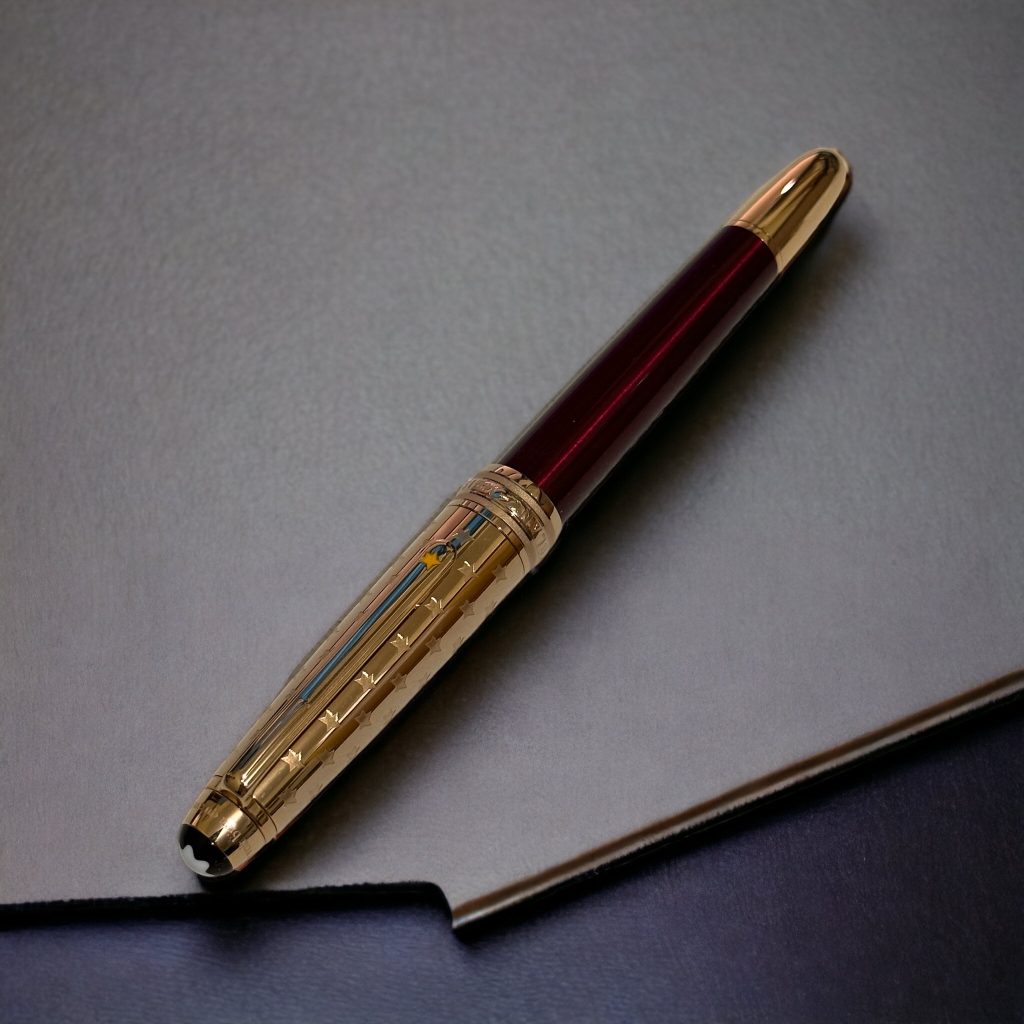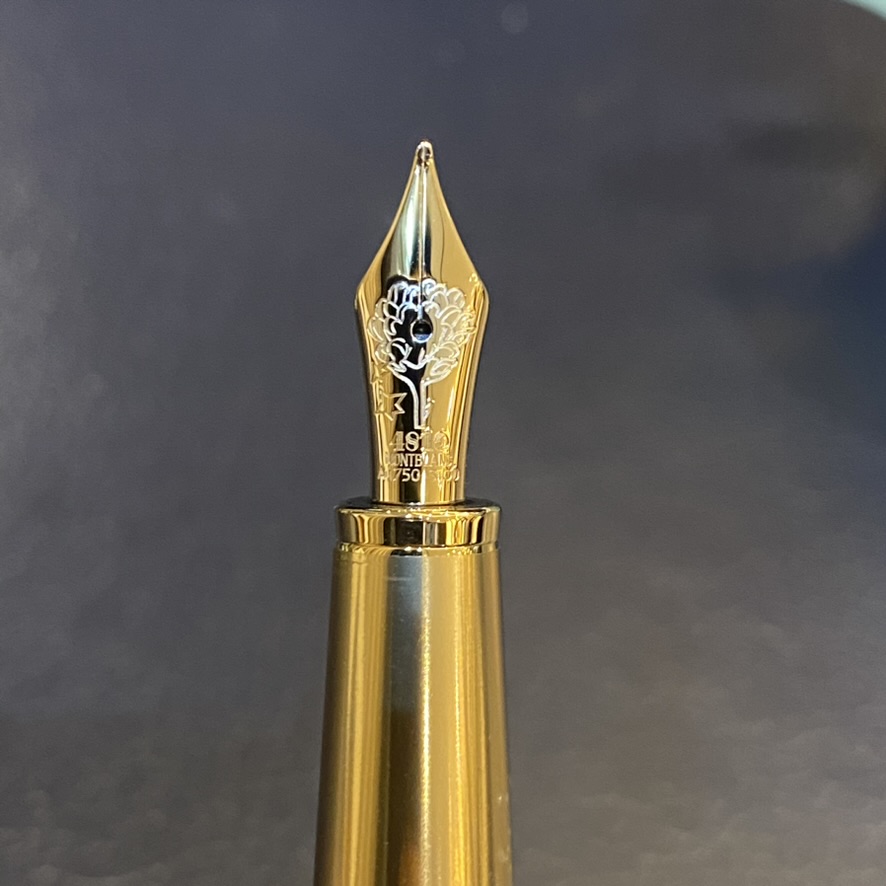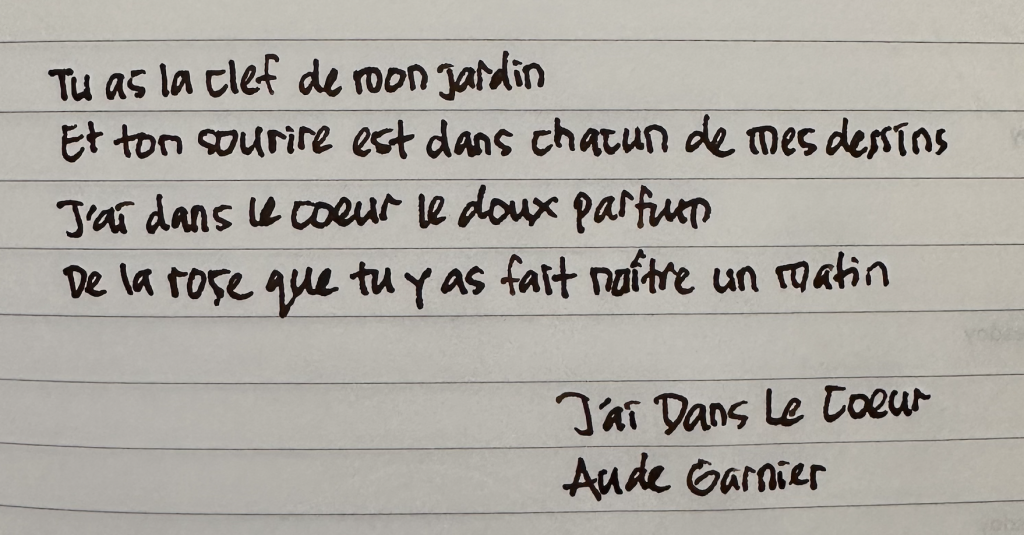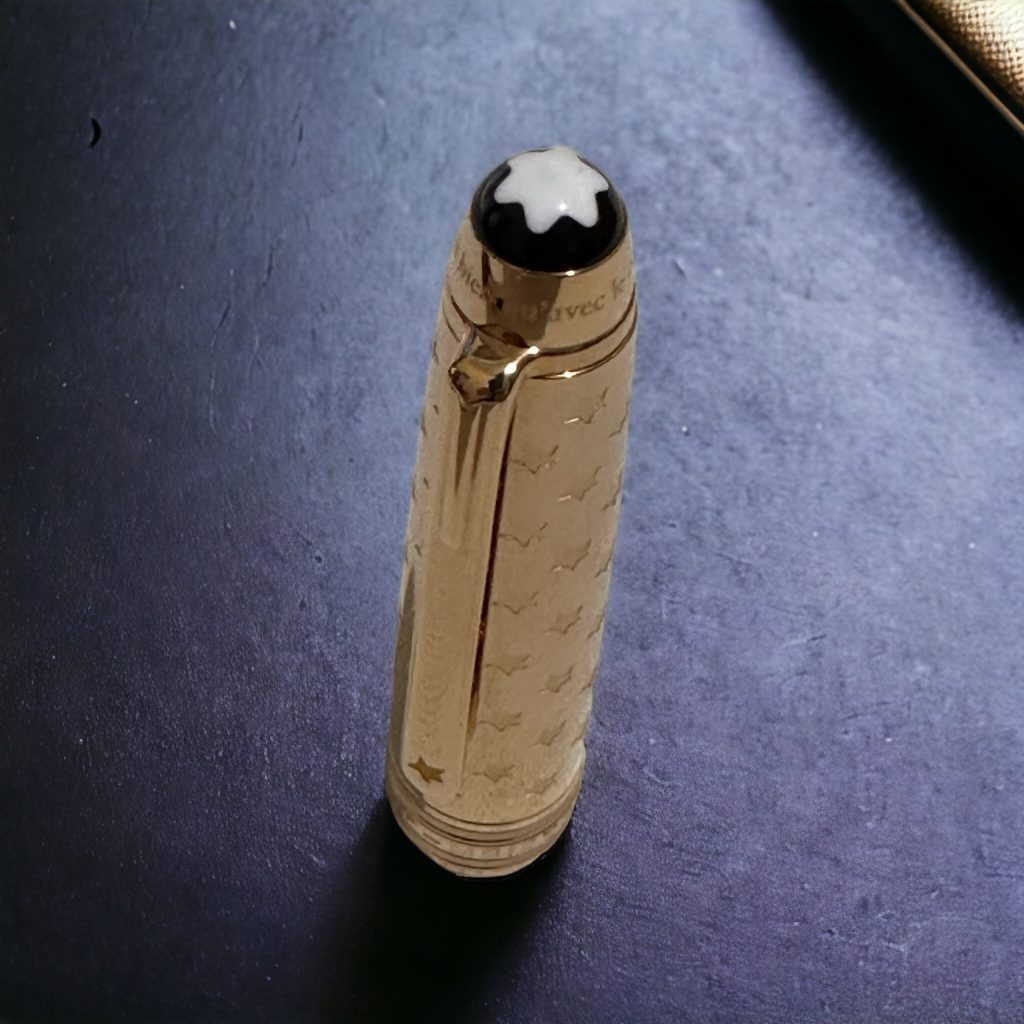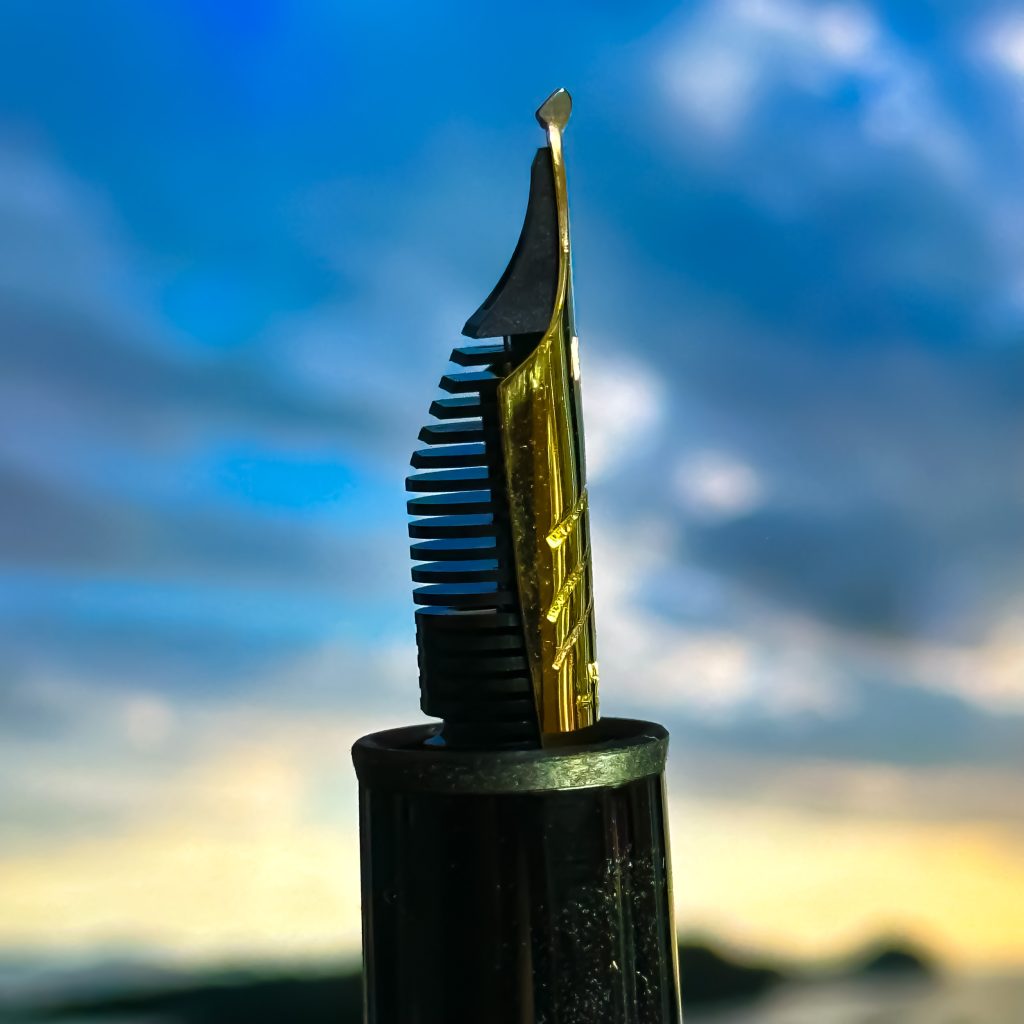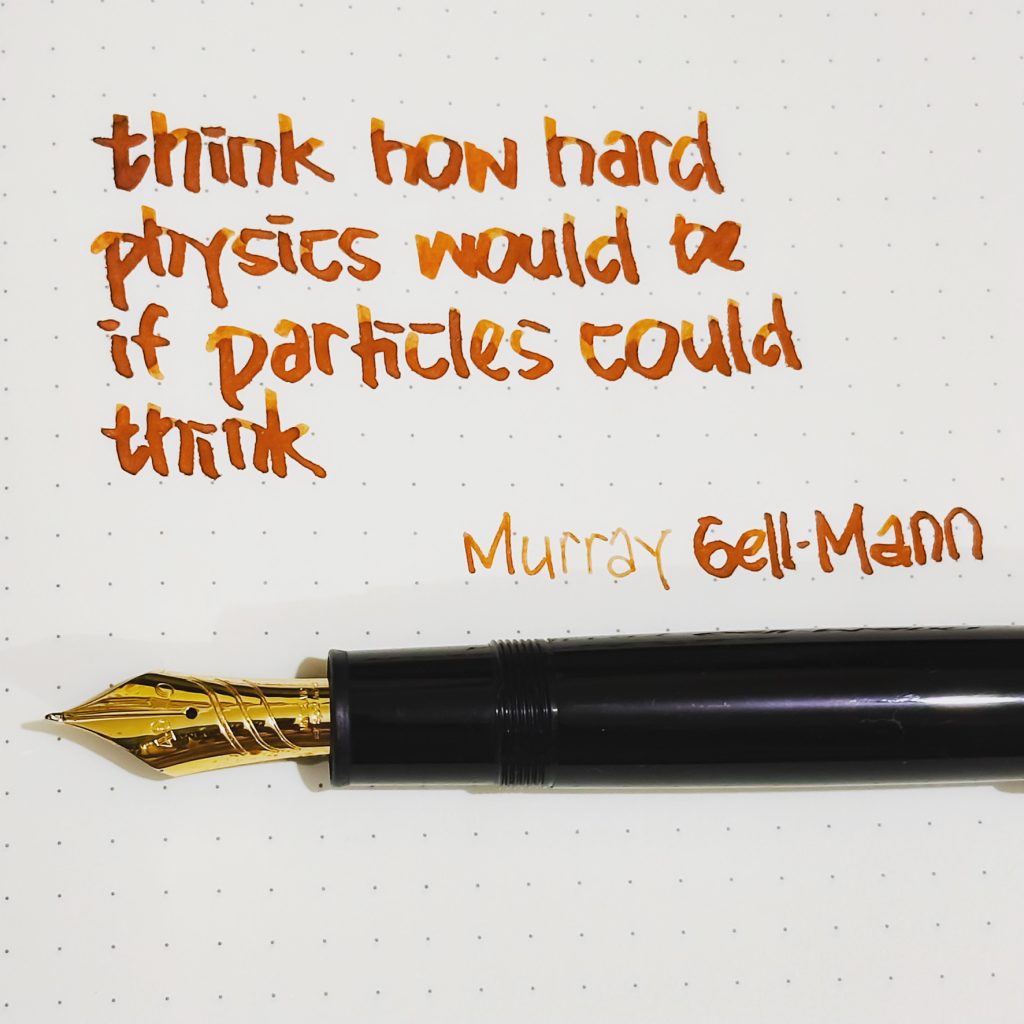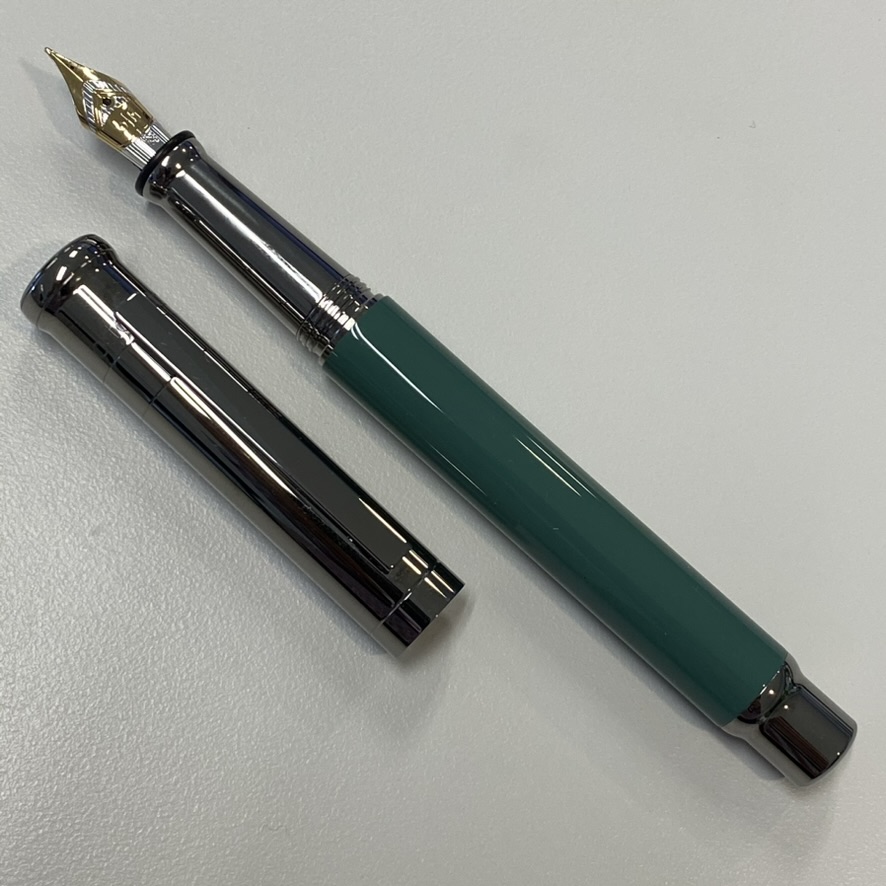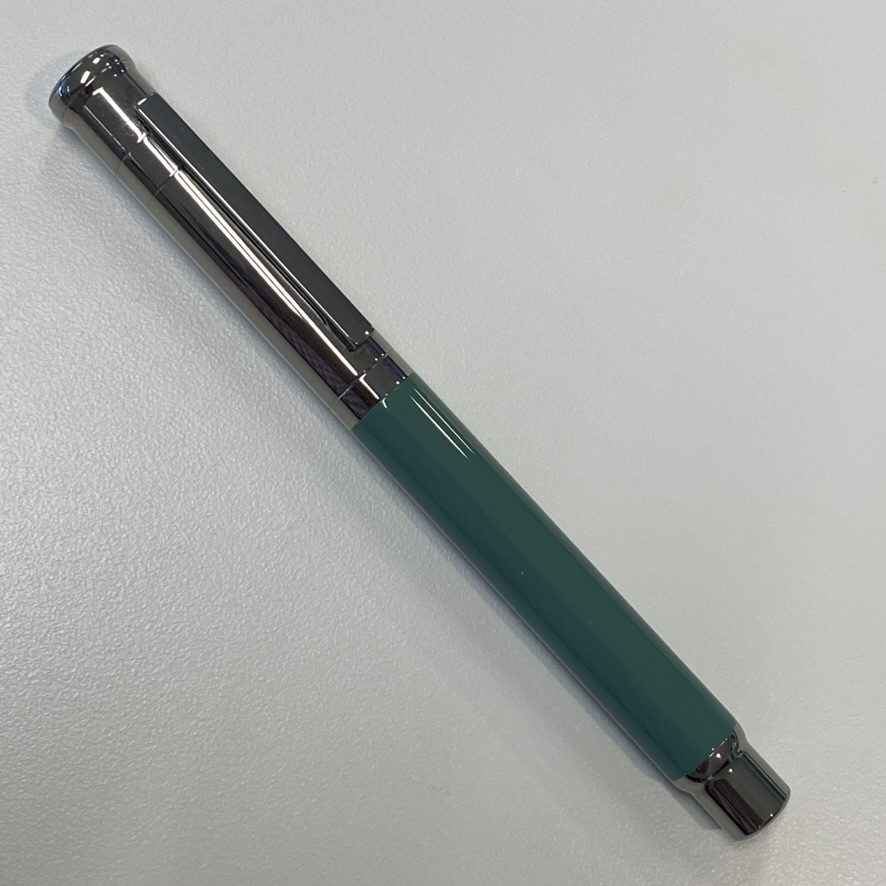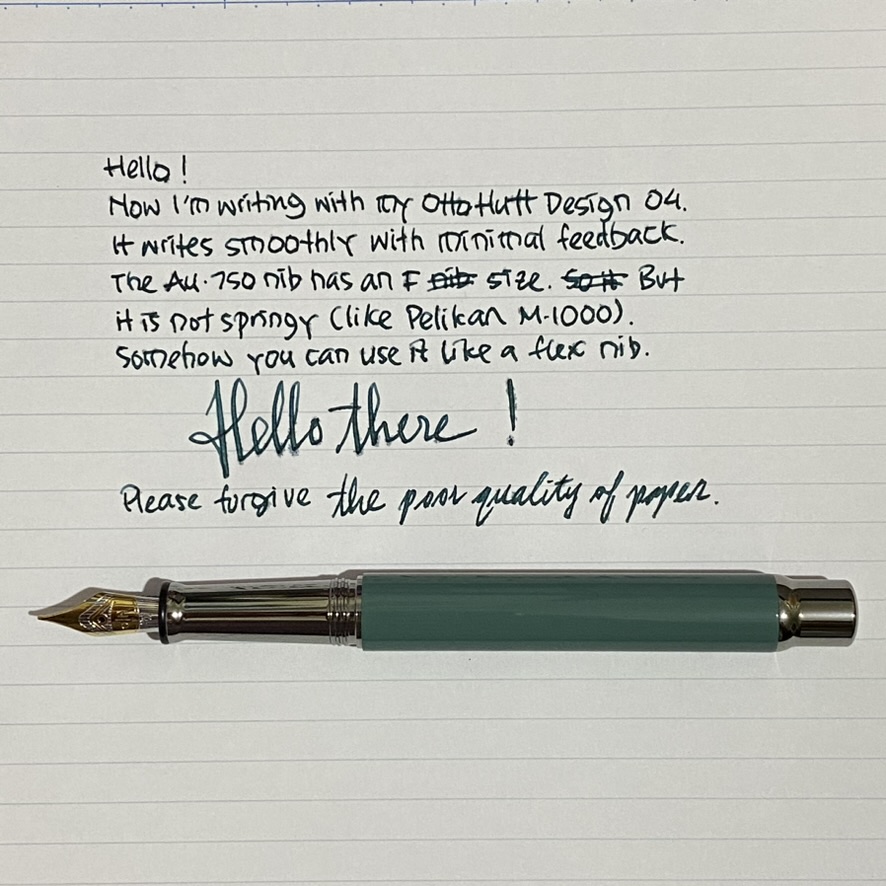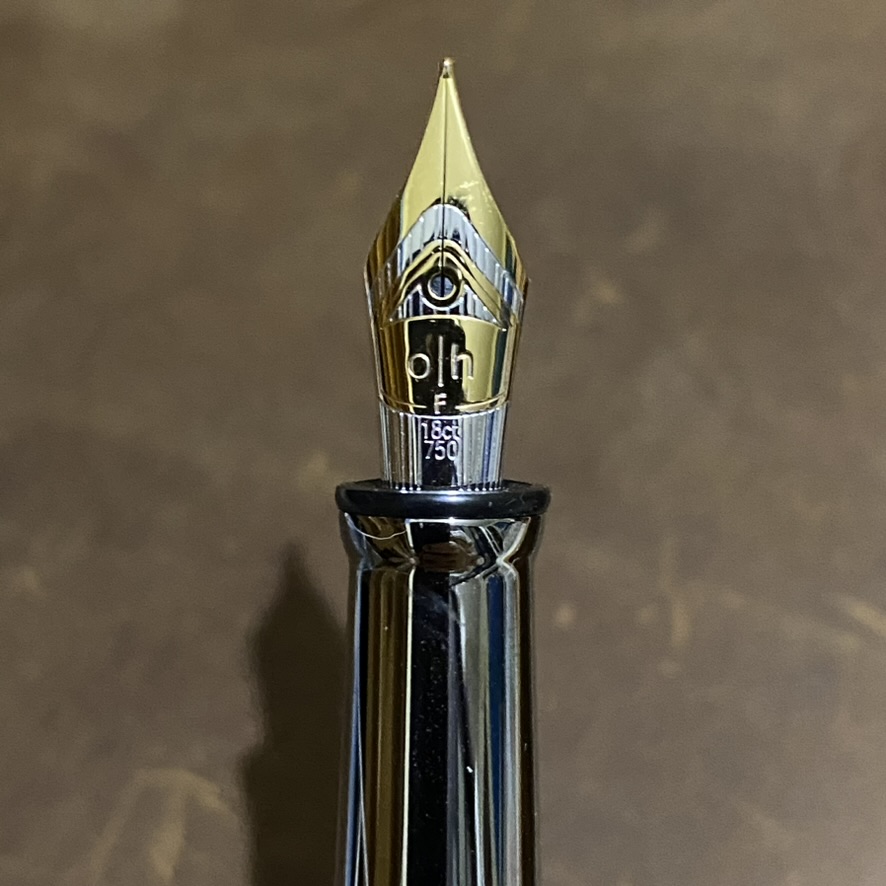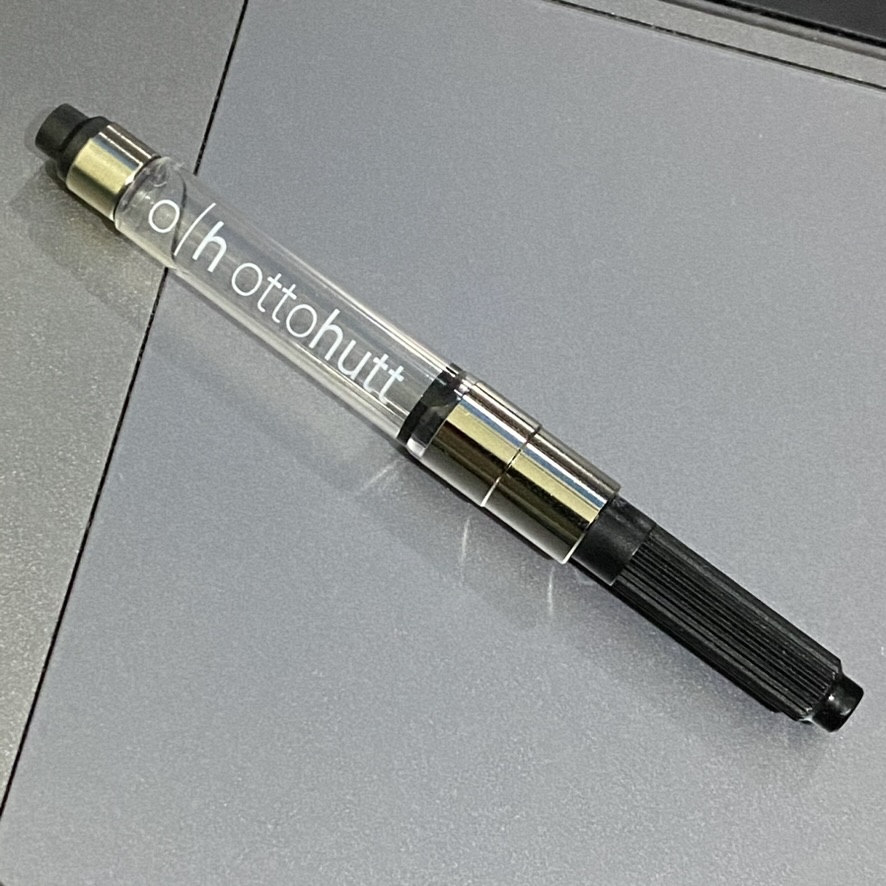As a personal joke, I call it an example of a cognitive dissonance, or specifically on the aspect of cognitions importance — the greater the perceived value of something, the greater the magnitude of the dissonance in the relation. The dissonance on the importance values result sometimes in unpredictable things. An example is the activity of collecting fountain pens (in the 21st century nonetheless). Another example is the cohesion to the books and other artefacts related to Le Petit Prince. That is the reason that I choose this very day to exhibit another, or two other, artefacts from both collections: Montblanc, Le Petit Prince Series of the 3rd Year, in burgundy.

I have also explored my other Montblanc pens collection related to Le Petit Prince:
- MB The Meisterstück Le Petit Prince #1 in Blue, launched in 2018
- MB The Meisterstück Le Petit Prince #2 — The Aviator, launched in 2019
- MB The Meisterstück Le Petit Prince #4, launched … in 2020 I guess, or 2021, or 2022
- MB The Writer Series — Antoine de Saint-Exupéry, launched in 2017
Obviously, I skip MB The Meisterstück Le Petit Prince #3 on purpose — albeit an inapparent reason.

This Montblanc LPP Series #3 were launched in 2020, with burgundy colour, and with gold nibs (Au 585) carved with The Little Prince cleaning his planet from the sprouts of bad seeds. The Chapter 5 of Le Petit Prince book describes on the little prince’s planet, as on all planets, there were good plants and bad plants, and so of course there were good seeds from the good plants, and bad seeds from the bad plants. But seeds are invisible. They lie dormant hidden deep in the dark of the earth until one of them has the notion it would be a good idea to wake up. This little seed will first have a stretch, then grow slowly, ever so slowly, up towards the sunlight, until at last there it is, a sweet little innocuous twig of a plant. If it is the first shoot on a radish perhaps, or the early sprig of a rose, then it can be left to grow on as it wishes. But if this is a bad plant, you should pull it up at once, the moment you recognise it for what it is. “It’s just a question of self discipline,” the little prince explained later.

I have two size of this excellently designed pen: Le Grand (146 size, above) and the Classique (145 size, below). The Meisterstück 146 is larger and has a slightly thicker barrel compared to the Meisterstück 145. The 146 is often considered a full-sized pen, while the 145 is slightly smaller and more compact. Both have similar nib design, albeit with obviously different size, and consequently different detail. The 146 has an internal piston, while the 145 is equipped with a cartridge.

Having two fountain pens with different size and similar design makes it easier to compare the experience of using these quite standardised pen (in term of size). Since the Meisterstück 146 is larger, it tends to be slightly heavier than the Meisterstück 145. The weight difference is generally not substantial, but some individuals may have a preference for either a lighter or heavier pen. While both pens offer a smooth writing experience, some users find that the larger size of the Meisterstück 146 provides a more comfortable grip and balance. However, this can vary based on personal preference and hand size.

The the previous Le Petit Prince -themed pens, these pens were designed in collaboration with Antoine de Saint-Exupéry’s Estate. Le Petit Prince, authored by Antoine de Saint-Exupéry, is a beloved and timeless literary work that has captivated readers worldwide. Montblanc’s collaboration with the Estate of Antoine de Saint-Exupéry allows them to pay homage to the author and his iconic characters while creating a special connection with literature enthusiasts and fans of Le Petit Prince.

Surely we are all curious that Montblanc released three different pen designs related to Le Petit Prince in three consecutive years. Or four, if the pen released in 2017 to commemorate Antoine de Saint-Exupéry is also counted. But releasing the pens in different colours each year has successfully created a sense of exclusivity and limited edition allure. It can also incentivise collectors to acquire all three pens (at least), appealing to the desire to complete a set or collection. This approach allows Montblanc to tap into the passion and enthusiasm of collectors who seek to possess the entire series. Each new colour or design release also keeps the story and its themes fresh in the minds of fans, fostering a continued connection with the narrative. And this is why I started it with a mention of cognitive dissonance.

